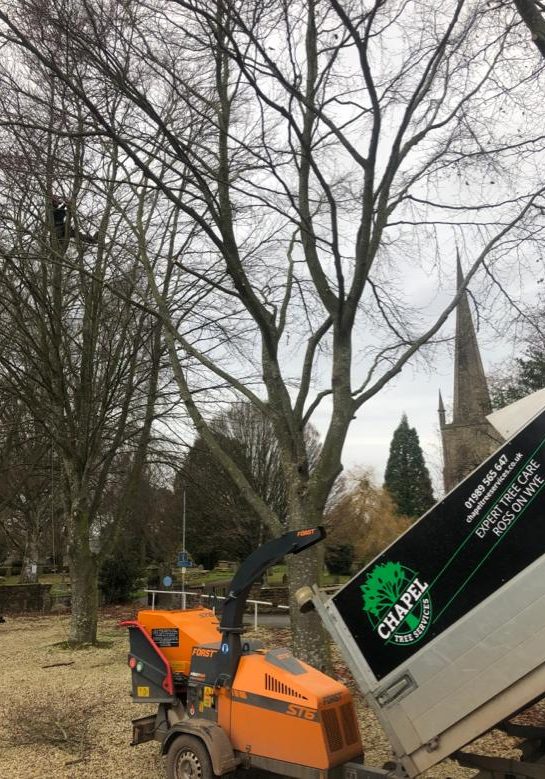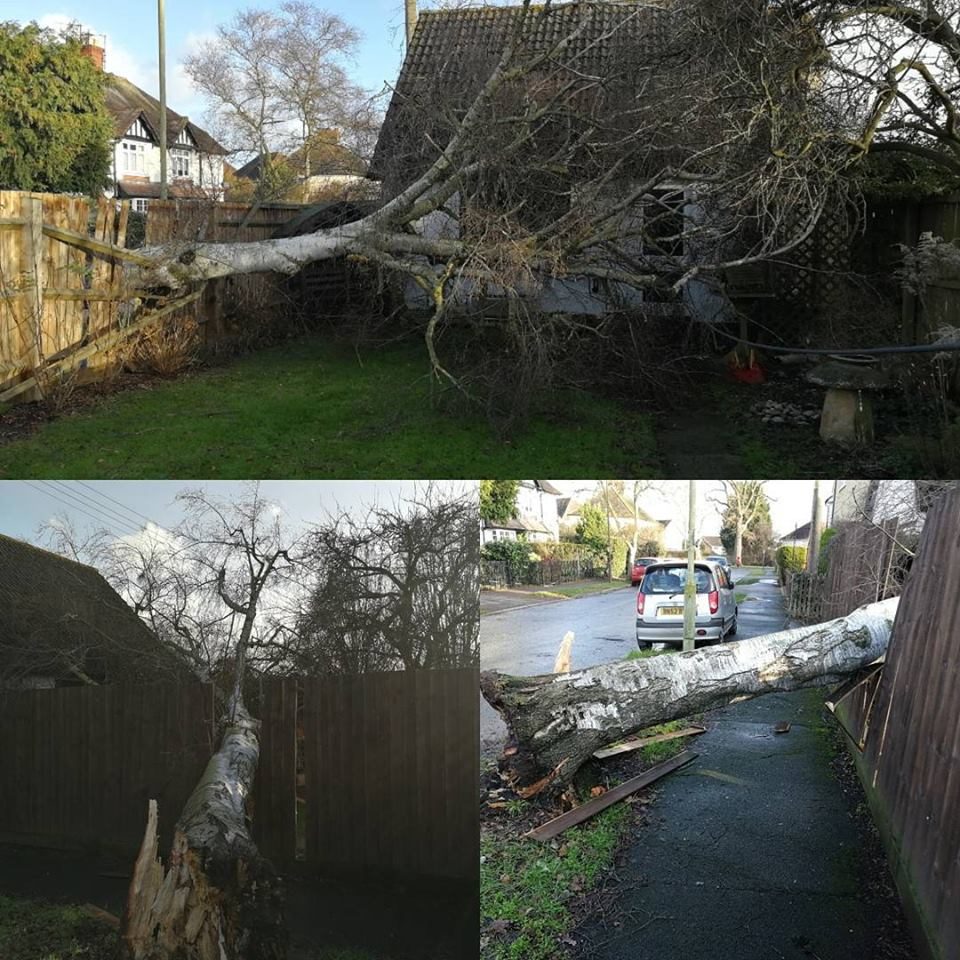Winter Pruning & Winter Tree Services
The Benefits of Winter Pruning
There is a huge range of benefits to pruning certain trees in the winter. Here's why you should consider scheduling your pruning during the colder months:
Enhancing Tree Structure and Balance
Winter pruning provides a unique opportunity to improve the structure and balance of your trees. With foliage gone, arborists can easily assess the branches, identifying areas that need attention. By making precise cuts during this season, you'll encourage healthier growth patterns and a more aesthetically pleasing canopy.
Preventing Disease and Pest Issues
Dormancy doesn't mean trees are immune to disease or pest problems. In fact, winter pruning can be an excellent strategy for early detection and control. Arborists can spot signs of trouble more easily, enabling timely intervention to prevent diseases from spreading and infestations from taking hold.
Minimising Stress on Trees
Winter pruning takes place when trees are in a state of dormancy, which means they're not actively growing. This reduced activity leads to less stress on the tree during the pruning process. It also results in fewer sap losses, as the flow of sap is minimal in colder months.


Faster Healing and Recovery
The absence of new growth in winter helps pruned branches heal more swiftly. Trees can seal off wounds more effectively, reducing the risk of infections or diseases. By the time spring arrives, your trees will be prepared to put their energy into new growth, rather than healing old wounds.
Stimulating New Growth
Winter pruning can stimulate fresh growth when spring arrives. Trimming during dormancy encourages trees to redirect their energy towards new branches and leaves. This can lead to a fuller canopy and more vibrant foliage when the warmer months roll around.
Enhancing Safety in Winter
During winter, when snow and ice are common, safety on your property becomes paramount. Winter pruning removes dead or overhanging branches that can pose hazards during winter storms. This proactive approach ensures your property remains safe for both residents and visitors.
Improving Visibility
In winter, increased visibility is not only beneficial for safety but also for aesthetics. Pruning enhances sightlines and opens up your landscape, allowing for better views and showcasing the natural beauty of your property.
Taking Advantage of Dormancy for Disease Control
Some tree diseases are less active in winter. Pruning during this season can help control these diseases by removing infected branches before they become more problematic in the spring.

Storm Drainage
Protecting Storm Drainage Systems
Winter pruning also plays a vital role in protecting storm drainage systems on your property. Overhanging branches, deadwood, and improperly balanced canopies can lead to issues during heavy rainfall or snowmelt. By addressing these concerns through winter pruning, you can prevent clogs and blockages in your storm drainage, reducing the risk of water damage to your property.
Preventing Storm-Related Damage
Trees that haven't been properly pruned can pose a significant risk during winter storms. Overgrown branches are more likely to break under the weight of snow or ice, potentially causing damage to your property or obstructing storm drainage pathways. Winter pruning reduces this risk, ensuring your trees are better equipped to withstand the challenges of winter weather.
Incorporating winter pruning into your overall property maintenance plan not only enhances the health and aesthetics of your trees but also safeguards your storm drainage system, contributing to a safer and more resilient environment, especially during adverse weather conditions.
Contact our team today
Remember that not all trees are suitable for winter pruning, and techniques can vary by species. Consulting with a professional arborist is essential to assess your tree's unique needs and ensure it receives the proper care it deserves. Embrace the winter season as an opportunity to give your trees the attention they need, setting the stage for a vibrant and healthy spring display of natural beauty.
Contact Chapel Tree Services today for professional help with this year’s winter pruning!
